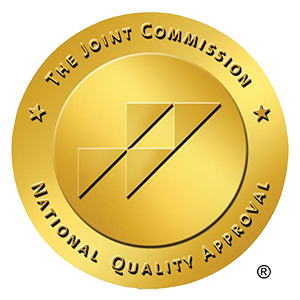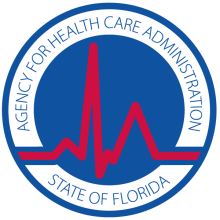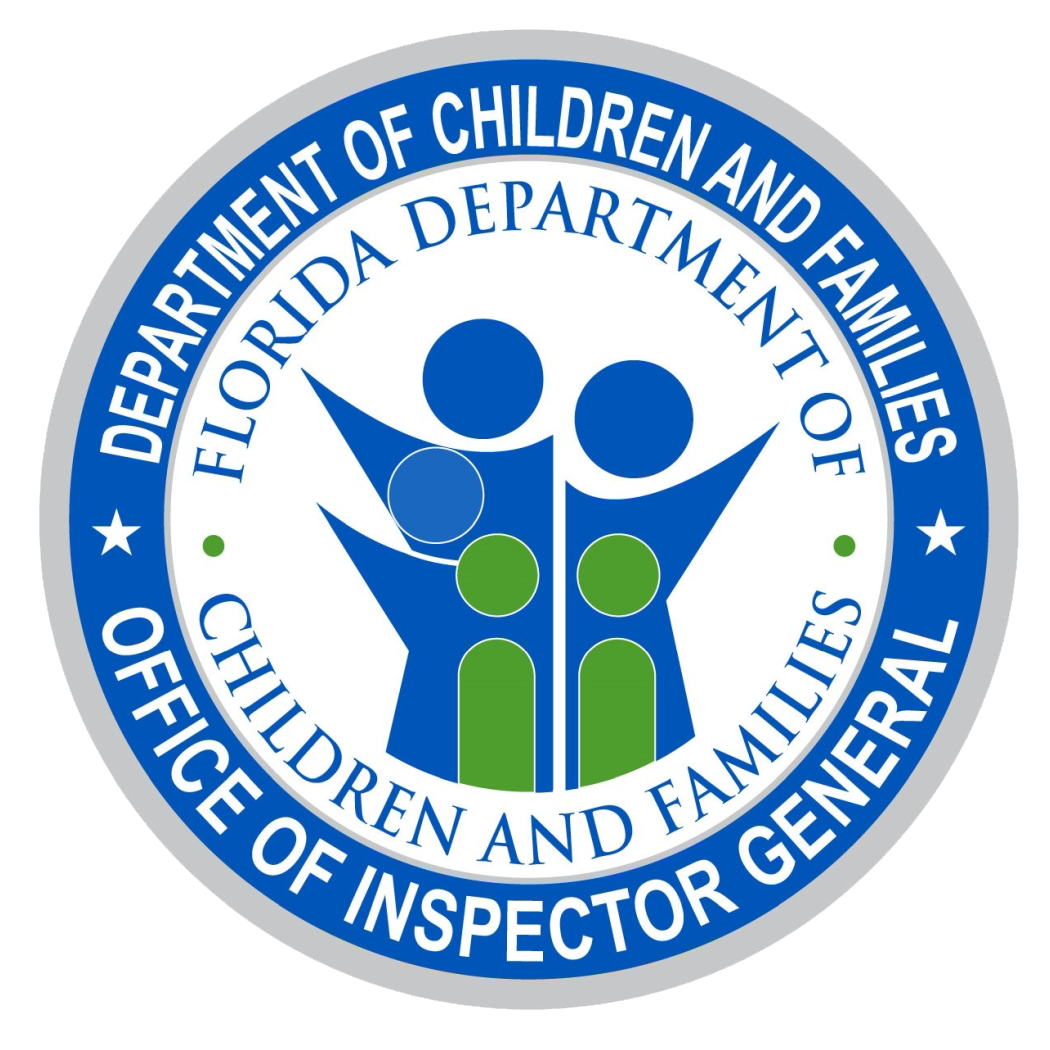
Addiction Demographics and Statistics for Florida
Addiction, whether to alcohol, opioids, or other addictive substances, claims the lives of thousands of Americans annually, leaving an enduring impact on the lives of their loved ones. This pervasive mental disorder manifests as an overpowering compulsion to repeatedly engage in substance use or behaviors, irrespective of the well-known and harmful consequences. The repercussions of addiction extend far beyond individual struggles, leading to the dissolution of marriages, the erosion of friendships, unemployment, and a myriad of adverse medical effects. The destructive nature of addiction permeates various aspects of life, highlighting the urgent need for effective intervention and support systems.
Specific communities, such as black and American Indian/Alaska Native populations, faced higher rates of fatal overdoses. These figures underscore what may be gaps in treatment accessibility. Urgent efforts are crucial to address and prevent drug overdoses, particularly within communities at heightened risk, mirroring the global concern where combined substance use claims millions of lives annually.
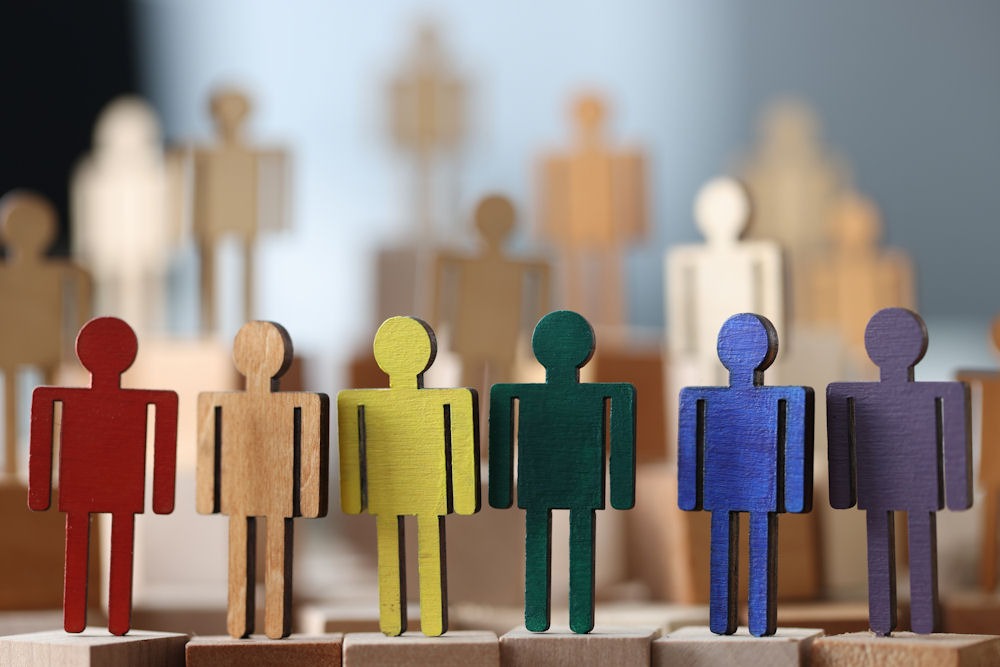
DEMOGRAPHICS OF DRUG USERS & ABUSERS
Our priority is providing the most effective care to our clients. Our staff commonly outnumbers our clients, and our clinical caseloads are some of the lowest in the industry. We believe a substance abuse treatment center should invest most of its efforts into clinical care facilities and therapeutic services. At Principles Recovery, you won’t be lost in the crowd. Your recovery is the focus of your treatment experience.
Join Our Recovery Family &
Escape Addiction for Good.
WHICH AGE GROUP USES DRUGS THE MOST?
 The National Center for Drug Abuse Statistics (NCDAS) reveals a disconcerting reality about substance abuse among teenagers in the United States. The data underscores that the age group most vulnerable to drug and alcohol misuse is between 18 and 25 years old, highlighting a critical period of risk and experimentation. Shockingly, 62% of high school seniors admit to alcohol abuse, shedding light on the pervasive nature of this issue within the teenage demographic. Additionally, 50% of teenagers confess to at least one instance of drug misuse, further emphasizing the concerning prevalence of substance experimentation among adolescents.
The National Center for Drug Abuse Statistics (NCDAS) reveals a disconcerting reality about substance abuse among teenagers in the United States. The data underscores that the age group most vulnerable to drug and alcohol misuse is between 18 and 25 years old, highlighting a critical period of risk and experimentation. Shockingly, 62% of high school seniors admit to alcohol abuse, shedding light on the pervasive nature of this issue within the teenage demographic. Additionally, 50% of teenagers confess to at least one instance of drug misuse, further emphasizing the concerning prevalence of substance experimentation among adolescents.
However, amid these alarming statistics, a noteworthy insight emerges for Florida. Despite the national trend, teenagers in the Sunshine State are 5.50% less likely to have used drugs in the last month compared to the average American teen. While this discrepancy could be influenced by various factors, it underscores the importance of targeted prevention and education efforts.
Our Adolescent Wellness Center provides treatment for teens and adolescents to help resolve substance issues before adulthood. Understanding the nuances of teenage substance abuse, its triggers, and regional variations is crucial in developing effective strategies to combat the pervasive issue of drug and alcohol misuse among young individuals.
WHICH GENDER USES DRUGS THE MOST?

Regardless of drug type, men are more likely than women to use drugs. This statistic remains true across all demographics and substance types. However, despite being less likely to use (or report use) than men, women are equally as prone to addiction as men when they do use substances.
When it comes to using drugs and alcohol, the numbers show that boys and men (11.5%) are more likely to face issues compared to girls and women (6.4%). Despite being less likely to develop a substance use disorder, women are more likely to overdose. This highlights that men and women can be affected differently by drugs and alcohol, emphasizing the need to understand these differences to help everyone stay safe and healthy.

WHICH RACE AND ETHNICITY USE DRUGS THE MOST
Addiction does not discriminate in any way. Research has shown addiction to be pervasive among all races and ethnicities.
When examining illicit drug use among individuals aged 12 or older, significant variations emerge across different ethnicities according to research by SAMHSA. Those reporting two or more races and American Indian or Alaska Native people exhibit the highest rates at 28.5% and 25.9%, respectively. Following closely, black individuals record an estimated 20.8% past-year illicit drug use. In contrast, Asian individuals demonstrate the lowest estimate at 9.8%.
The patterns differ when considering gender. Males reporting two or more races showcase the highest estimate at 31.2%, surpassing other racial/ethnic groups except American Indian or Alaska Native males. Conversely, Asian males present the lowest estimate at 11.3%.
For females, those reporting two or more races and American Indian or Alaska Native females have higher estimates (26.1% and 23.9%, respectively) compared to females in other racial/ethnic groups. White females align more closely with Native Hawaiian or Other Pacific Islander and Black females at 17.1%, while Asian females exhibit the lowest estimate at 8.5% compared to their counterparts in other racial/ethnic groups. These findings underscore the importance of considering diverse ethnicities when addressing substance abuse trends, as they reveal notable disparities in past-year illicit drug use.
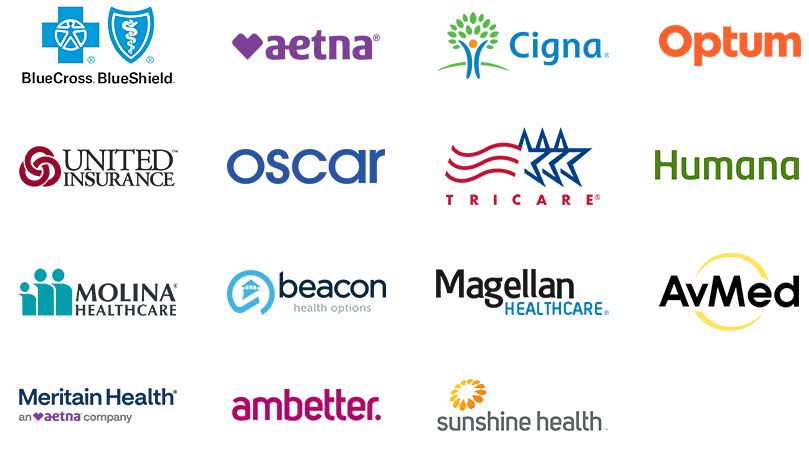
WE’VE GOT
YOU COVERED!
Insurance coverage for treatment is within reach. We are in-network with most insurance carriers in Florida.
WHICH RELIGIOUS GROUPS USE DRUGS THE MOST?
While research indicates that religious beliefs can act as a protective factor against addiction, there is limited research on which religious group is most susceptible to substance abuse. Religious individuals may be less inclined to initiate substance use, with faith providing a deterrent effect.
However, the complex nature of addiction often hinders open discussions within religious communities. Individuals may fear judgment or exclusion, preventing a comprehensive understanding of the relationship between religious affiliation and substance abuse.
Various support groups and treatment programs recognize the significance of spirituality in recovery. For instance, 12-step programs emphasize belief in a higher power, incorporating elements like prayer and acceptance, proving beneficial for those overcoming addiction. It’s crucial to note that susceptibility to addiction may vary among different religious groups, but addiction itself does not discriminate. Regardless of one’s religious background or circumstances, seeking help is imperative for those struggling with addiction. Inclusivity and support are key in addressing substance abuse, and fostering a more comprehensive approach to recovery for individuals from diverse religious backgrounds.
Join Our Recovery Family &
Escape Addiction for Good.
Alcoholism Demographics
ALCOHOL SUBSTANCE ABUSE STATISTICS
While research indicates that religious beliefs can act as a protective factor against addiction, determining which religious group most abuses substances poses challenges due to limited research on this relationship. Religious individuals may be less inclined to initiate substance use, with faith providing a deterrent effect. However, the complex nature of addiction often hinders open discussions within religious communities. Individuals may fear judgment or exclusion, preventing a comprehensive understanding of the relationship between religious affiliation and substance abuse.
Various support groups and treatment programs recognize the significance of spirituality in recovery. For instance, 12-step groups emphasize belief in a higher power, incorporating elements like prayer and acceptance, proving beneficial for those overcoming addiction. It’s crucial to note that susceptibility to addiction may vary among different religious groups, but addiction itself does not discriminate. Regardless of one’s religious background or circumstances, seeking help is imperative for those struggling with addiction. Inclusivity and support are key in addressing substance abuse, and fostering a more comprehensive approach to recovery for individuals from diverse religious backgrounds.

Reasons Why Addiction Can Happen
WHAT IS THE LEADING CAUSE OF ADDICTION?
There are several different reasons why people turn to substances such as drugs and alcohol. Frequently, they become a coping mechanism for symptoms of mental illness, low self-esteem, a history of trauma and abuse, economic difficulties, stress, chronic pain, and other medical conditions. People turn to drugs or alcohol as a way to relax, reduce stress, or reward themselves. Over time a dependency can form on alcohol or addictive substances. As addiction sets in, people believe that they cannot enjoy life or cope without their use.
It can be challenging to point to one specific leading cause of addiction as the reasons each individual turns to drugs or alcohol can be vastly different. As noted above, underlying mental health conditions, inadequate coping mechanisms, and negative self-thinking can all lead to substance use disorders; however, family history plays one of the most influential roles in addiction.
Research by Rutgers suggests that 50-70% of addiction can be attributed to genetic predisposition. Several studies have been conducted on how genetic factors such as biology can impact addiction. Genetics, biology, or environmental factors are all strongly linked to a predisposition to developing an addiction. Children of addicts are more than eight times more likely to develop an addiction. Also, if one starts with a genetic predisposition to addiction and repeatedly uses substances, they are more likely to develop an addiction.
Our Drug Treatment Near Miami in Broward County Can Help You Turn Your Life Around
HOW PRINCIPLES CAN HELP WITH DRUG AND ALCOHOL ADDICTION
 Many individuals in the United States facing addiction often endure their struggles in isolation. Concerns about finances, insurance coverage, family dynamics, and the fear of societal stigma frequently hinder individuals from seeking the necessary help to overcome their substance abuse disorders.
Many individuals in the United States facing addiction often endure their struggles in isolation. Concerns about finances, insurance coverage, family dynamics, and the fear of societal stigma frequently hinder individuals from seeking the necessary help to overcome their substance abuse disorders.
At Principles Recovery Center, our dedicated team of treatment providers boasts over 30 years of experience in addressing substance abuse disorders and addiction. Several of our staff members have personally navigated the challenges of addiction and recovery, providing them with a unique understanding of the associated struggles and fears.
Recognizing that each addiction is unique, our approach to addiction treatment is tailored to the individual rather than solely focusing on the substance itself. Principles Recovery Center emphasizes multi-level, evidence-based treatment programs to cater to diverse needs, offering various intensities, including partial hospitalization programs, intensive outpatient programs, and outpatient services. We strongly believe in the involvement of family (or other positive members of a person’s support system) in our treatment programs, considering it essential for comprehensive recovery.
Our top priority is delivering the safest and most effective care to our clients, supporting them on their journey to sobriety and long-term recovery. Our dedicated staff-to-client ratio is among the highest in the industry, enabling us to provide exceptional and personalized care to each individual.
Our treatment center is here to assist you in turning your life around. Call us today and let us help you reclaim your life.
CREDENTIAL HIGHLIGHTS

